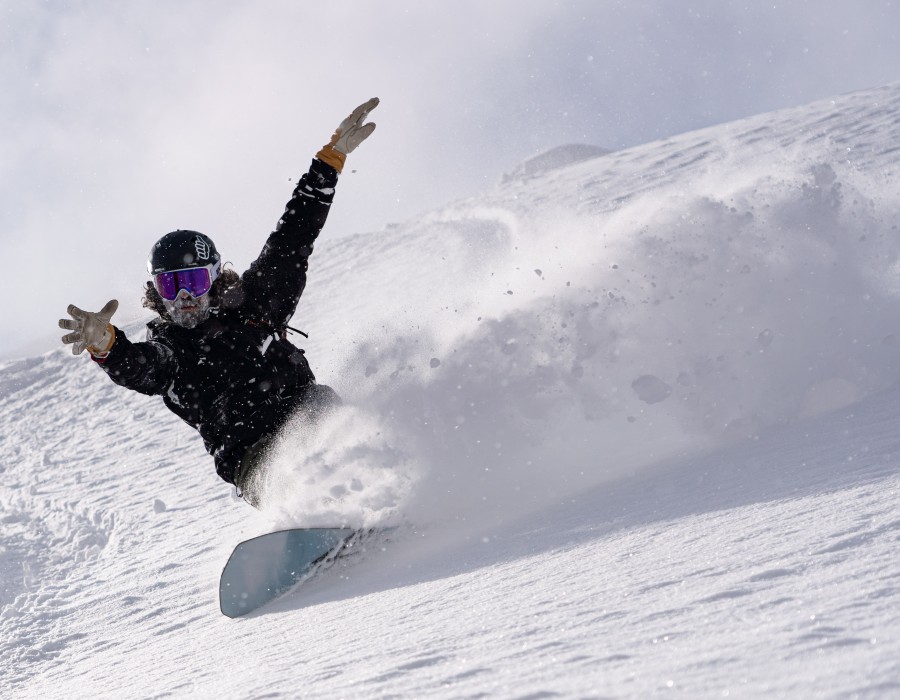Backcountry skiing is a unique and thrilling way to experience the winter wilderness. Unlike traditional skiing at resorts, backcountry skiing takes place in remote, unmarked areas, allowing skiers to explore untouched snow and breathtaking landscapes. This type of skiing is not just a sport; it has developed into a vibrant culture that brings together a community of enthusiasts who share a love for adventure, nature, and camaraderie.
The Essence of Backcountry Skiing
At its core, backcountry skiing involves skiing in areas that are not groomed or patrolled. Skiers venture into the wilderness, often using special equipment such as touring skis, skins, and avalanche safety gear. The goal is to access pristine slopes and enjoy the thrill of gliding down fresh powder snow. This aspect of skiing connects participants with nature, allowing them to appreciate the beauty of mountains, forests, and wide-open spaces.
A Culture of Adventure
Backcountry skiing culture is heavily focused on adventure and exploration. Skiers often travel to remote locations, seeking out new routes and untouched terrain. This pursuit of adventure fosters a sense of freedom and excitement that many find addictive. Each trip into the backcountry offers a new experience, as conditions can change rapidly due to weather, snowpack, and terrain. This unpredictability adds an element of challenge and exhilaration that is unique to backcountry skiing.
The culture also emphasizes self-sufficiency and responsibility. Skiers must be well-prepared, knowledgeable about the terrain, and aware of safety measures, particularly regarding avalanche risks. This preparation creates a deep respect for nature and encourages skiers to be mindful of their impact on the environment. The culture promotes a strong sense of responsibility, as skiers are often advocates for sustainable practices and conservation efforts in the areas they enjoy.
The Community Aspect
One of the most enriching parts of backcountry skiing culture is the sense of community it fosters. Skiers often form tight-knit groups, sharing their experiences and knowledge with one another. This community spirit is evident in organized events, such as group ski trips, avalanche safety courses, and backcountry festivals. These gatherings allow skiers to connect with like-minded individuals, forming friendships that often last a lifetime.
Mentorship plays a significant role in the culture as well. Experienced skiers often take newcomers under their wings, teaching them essential skills and safety practices. This sharing of knowledge helps to ensure that the culture remains strong and continues to grow. The community is united by a shared passion for backcountry skiing, which helps to create a welcoming and supportive environment.
Embracing the Journey
In backcountry skiing culture, the journey is just as important as the destination. Skiers often spend hours hiking up mountains, enjoying the scenery and the quiet of the wilderness before finally reaching their skiing destination. This emphasis on the journey encourages participants to slow down, appreciate their surroundings, and connect with nature. It is not just about racing down the slopes; it is about enjoying every moment of the experience.
Conclusion
Backcountry skiing culture is a rich and dynamic blend of adventure, community, and respect for nature. It invites individuals to explore the beauty of the wilderness while fostering connections with others who share a similar passion. As more people discover the joys of backcountry skiing, this culture will continue to thrive, promoting a love for adventure and a commitment to preserving the natural world. For those who embrace it, backcountry skiing offers not just a thrilling sport, but a way of life that celebrates the great outdoors and the bonds formed through shared experiences.





Comments